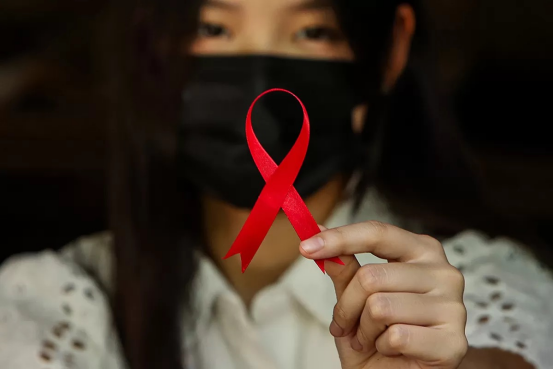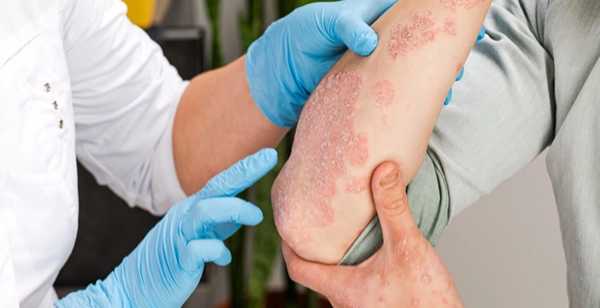Unlocking Efficiency: How AI Tools Are Redefining Everyday Workflows
HIV Awareness: Recognizing Early Symptoms, Managing the Virus, and Long-Term Effects
Human Immunodeficiency Virus (HIV) is a complex and serious condition that affects millions of people globally. As the virus attacks the immune system, specifically targeting CD4+ T cells, the body becomes more vulnerable to other infections and diseases. Early diagnosis, understanding the symptoms, and effective management of the virus are critical for improving the quality of life for people living with HIV and for preventing the virus from progressing to AIDS (Acquired Immunodeficiency Syndrome). This article offers an in-depth look at the early symptoms of HIV, how the virus spreads, and the long-term consequences of untreated HIV infection.
Human Immunodeficiency Virus (HIV) is a complex and serious condition that affects millions of people globally. As the virus attacks the immune system, specifically targeting CD4+ T cells, the body becomes more vulnerable to other infections and diseases. Early diagnosis, understanding the symptoms, and effective management of the virus are critical for improving the quality of life for people living with HIV and for preventing the virus from progressing to AIDS (Acquired Immunodeficiency Syndrome). This article offers an in-depth look at the early symptoms of HIV, how the virus spreads, and the long-term consequences of untreated HIV infection.

What is HIV?
HIV is a virus that weakens the immune system by attacking the body's T cells, which are essential for fighting infections. If left untreated, HIV can progress to AIDS, a stage where the immune system is severely compromised, and the body is vulnerable to opportunistic infections and cancers. While there is currently no cure for HIV, the disease can be managed effectively with antiretroviral therapy (ART), allowing individuals to live longer, healthier lives.
Early Symptoms of HIV
In the early stages of infection, HIV symptoms can often be mistaken for other common illnesses, which is why it is essential to be aware of the potential signs of HIV. These early symptoms usually appear within two to four weeks after exposure to the virus, during a phase known as Acute Retroviral Syndrome (ARS), which is often referred to as the “acute window period.”
Common early symptoms of HIV include:
- Fever and Night Sweats:One of the most common eary signs of HIV infection.
- Swoen Lymph Nodes:Lymph nodes may swe as the body fights the virus.
- Sore Throat and Rash:Many peope experience a rash and a sore throat, which can resembe fu-ike symptoms.
- Musce and Joint Pain:Fu-ike musce aches are a common compaint during the eary phase.
- Fatigue:Extreme tiredness or fatigue is often reported during the initia infection.
- Headaches:Some peope experience severe headaches as their body reacts to the virus.
HIV Symptoms After Initial Exposure
In some cases, the early symptoms of HIV infection can occur within a few days to a week after exposure, while others may not experience symptoms for several months. These early symptoms typically go away after a few weeks and may not return for a while, leading the person to unknowingly carry the virus in its latent phase.
However, these symptoms are not unique to HIV, and the only way to be sure of your HIV status is to get tested.
HIV Symptoms in Women
Women may experience additional symptoms that are not always recognized as signs of HIV. These include:
- Recurrent Yeast Infections or Pevic Infammatory Disease (PID):Women with HIV may be more prone to vagina yeast infections and PID.
- Changes in Menstrua Cyce:HIV can sometimes cause changes in a woman’s menstrua cyce, incuding missed periods.
- Increased Risk of Other STIs:Due to a weakened immune system, women with HIV are at higher risk of acquiring other sexuay transmitted infections (STIs).
The Risk of Living with HIV Without Treatment
While it’s technically possible to live with HIV without medication, doing so significantly increases the risks of the virus advancing to AIDS, weakening the immune system, and making the individual more susceptible to life-threatening infections and complications.
Consequences of untreated HIV for one year:
- Increased Vira Load:Without ART, the virus wi mutipy, severey weakening the immune system over time.
- Opportunistic Infections:HIV can ead to other infections, such as pneumonia, tubercuosis, and funga infections, due to the body's inabiity to fight off diseases.
- Progression to AIDS:Without treatment, HIV can eventuay deveop into AIDS, which is marked by a dangerousy weakened immune system and increased vunerabiity to infections and cancers.
Although living with untreated HIV is possible in the short term, it is not recommended and carries serious health risks. Early diagnosis and consistent use of ART remain the most effective ways to manage the virus.
Importance of Early Diagnosis and Treatment
Early diagnosis is critical for preventing the progression of HIV to AIDS and for ensuring that treatment is started as soon as possible. ART helps lower the viral load to undetectable levels, meaning that the virus is no longer able to be transmitted to sexual partners (a concept known as undetectable = untransmittable, or U=U).
Signs of HIV infection after one month:
After the initial acute phase, many people enter a latent stage of HIV infection where the virus continues to reproduce at low levels without causing noticeable symptoms. During this time, individuals may feel relatively healthy but are still capable of transmitting the virus to others. Regular testing is essential, especially for individuals who engage in high-risk behaviors such as unprotected sex or needle sharing.
Personal Stories and the Spread of HIV
HIV is primarily transmitted through unprotected sexual contact, sharing needles, and from mother to child during childbirth or breastfeeding. Hearing personal stories from individuals who have contracted HIV can help shed light on the importance of safe practices, regular testing, and early treatment. These stories emphasize how HIV can affect anyone, regardless of their background, and stress the importance of prevention.
Can I Have HIV and Not Know It?
It is possible to have HIV and not experience noticeable symptoms for years. This is why regular testing is critical, especially for individuals who may be at higher risk due to their sexual practices or lifestyle. You may feel fine, but without testing, you cannot know your HIV status. Early testing is crucial for getting the proper care, reducing the viral load, and preventing transmission to others.
Long-Term Consequences of Untreated HIV
If left untreated, HIV can have serious long-term consequences, affecting multiple organs and systems in the body. Individuals with untreated HIV may experience the following:
- Increased risk of cardiovascuar diseases:Peope with HIV are at higher risk of deveoping heart disease due to the chronic infammation caused by the virus.
- Neuroogica compications:HIV can affect the brain and nervous system, eading to cognitive decine, memory oss, and increased risk of depression and anxiety.
- Increased cancer risk:HIV-positive individuas are more ikey to deveop certain types of cancer, incuding Kaposi’s sarcoma and non-Hodgkin’s ymphoma.
Conclusion
HIV is a serious but manageable disease. With early diagnosis, treatment, and lifestyle adjustments, individuals living with HIV can lead long and healthy lives. Recognizing the early symptoms, understanding the risks of untreated HIV, and getting regular tests are critical steps in managing the virus. If you are concerned about your HIV status or at risk of exposure, talk to your healthcare provider and get tested. Early intervention and antiretroviral therapy remain the best tools we have to prevent HIV from progressing to AIDS and to reduce transmission to others.
By reducing stigma, promoting regular testing, and sharing personal stories, we can build a healthier and more informed community, free from the fear and misinformation that has historically surrounded HIV.









